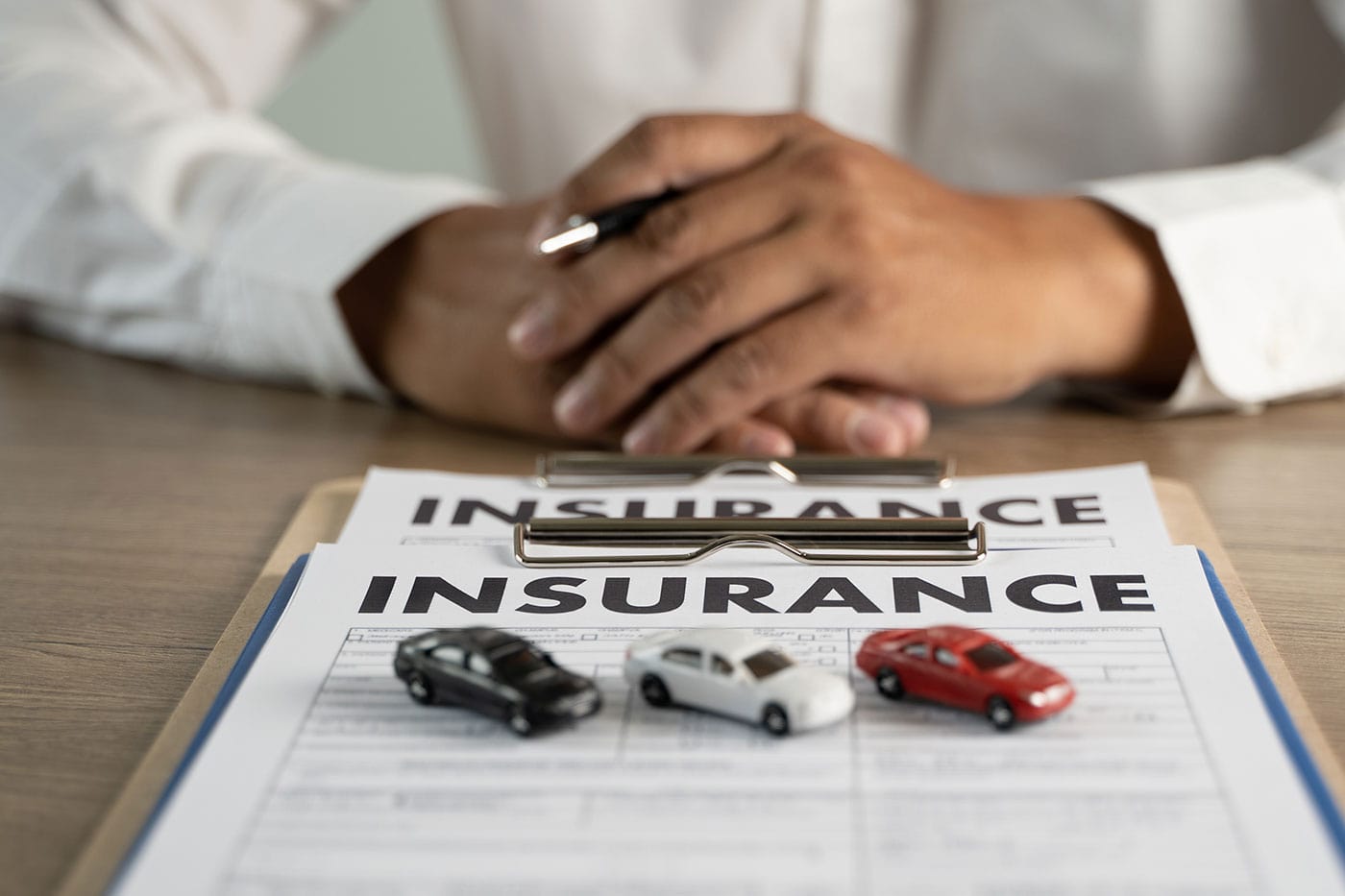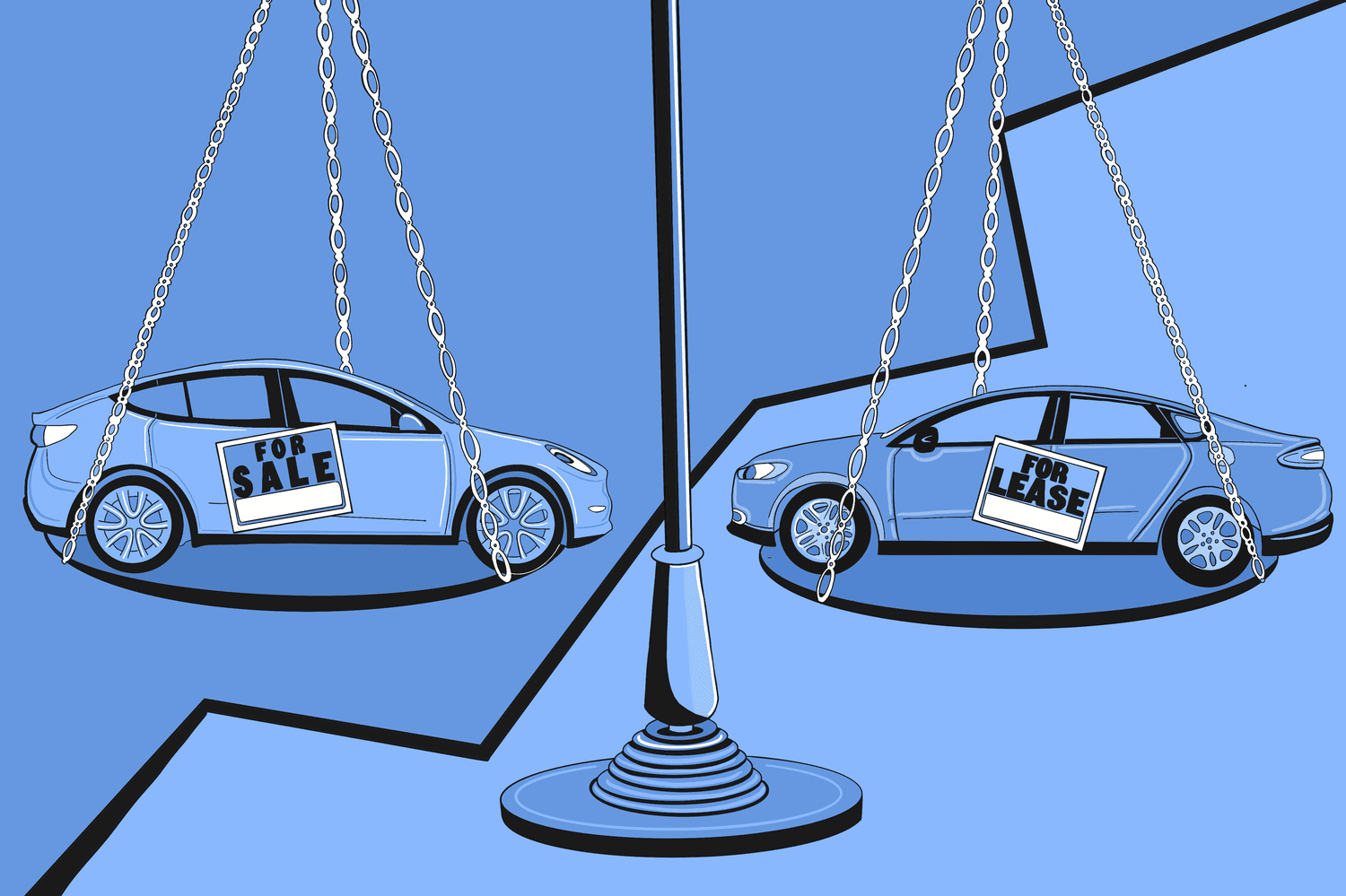
Last year, the United States witnessed a remarkable milestone in car sales, surpassing 15 million vehicles. This staggering figure underscores the abundance of options available to prospective buyers. Whether you’re a seasoned shopper or a newcomer to the market, navigating this landscape requires careful consideration.
In this guide, we’ll explore the essential factors you need to know before purchasing your next new car. From setting a budget to honing negotiation skills, we’ll provide actionable insights to empower your decision-making process.
From setting a budget to honing negotiation skills, we’ll provide actionable insights to empower your decision-making process. Our goal is to equip you with the knowledge and confidence necessary to find the perfect vehicle for your needs. Let’s get started with this guide to buying a new vehicle.
Table of Contents
1. Budget Considerations
Setting a budget is the crucial first step when buying a new car. Before you start browsing, take a close look at your finances. Consider how much you can comfortably afford to spend each month on car payments, insurance, and maintenance. Be realistic about your financial situation and avoid stretching yourself too thin.
Once you have a budget in mind, stick to it. It’s easy to get tempted by flashy features or higher-priced models, but staying within your budget ensures financial stability in the long run.
Remember, the total cost of ownership includes more than just the sticker price. That means you should factor in expenses like insurance, fuel, and maintenance.
Researching prices for the make and model you’re interested in can help you negotiate a fair deal. Look for online resources and use tools like price comparison websites to get an idea of what others are paying for similar vehicles in your area. Armed with this knowledge, you’ll be better prepared to negotiate with confidence.
2. Researching Vehicle Options

Source: zero2turbo.com
Researching vehicle options is key to finding the right car for your needs. You should start by considering your lifestyle and preferences.
For example, do you need a spacious SUV for family trips, or a compact sedan for daily commuting? Identifying your priorities will help narrow down your choices.
Next, explore different makes and models. Use online resources like manufacturer websites, consumer review sites, and automotive forums to gather information. Pay attention to factors like reliability, fuel efficiency, and available features.
Don’t forget to test drive potential candidates. This hands-on experience will give you a feel for how each car handles on the road and whether it meets your expectations in terms of comfort and performance.
Lastly, consider factors like resale value and depreciation. Some cars hold their value better than others, which can affect your long-term ownership costs. By doing your homework upfront, you’ll be able to make a well-informed decision when it comes time to buy.
3. Financing Options
Understanding your financing options is also crucial when buying a car. Most buyers don’t pay cash upfront, so you’ll likely need to explore other avenues to fund your purchase.
One common option is to obtain a loan from a bank, credit union, or online lender. This involves borrowing a set amount of money, which you’ll repay over time with interest. Shop around for the best interest rates and loan terms to ensure you get the most favorable deal.
Another option is leasing, which allows you to essentially rent the car for a predetermined period. Lease payments are typically lower than loan payments, but you don’t own the car at the end of the lease term unless you choose to buy it outright.
Dealer financing is also available through the dealership where you’re purchasing the car. While convenient, dealer financing may come with higher interest rates, so be sure to compare offers from multiple sources.
Whichever financing option you choose, make sure you understand the terms and conditions before signing on the dotted line. Take the time to calculate your monthly payments and total cost of ownership to ensure it fits within your budget.
Click here to learn more about auto refinance.
4. Insurance Costs

Source: jdchapmaninc.com
Understanding insurance costs is an important aspect of car ownership. Before you purchase a new car, it’s crucial to consider how much you’ll pay for insurance coverage.
Insurance premiums can vary significantly based on factors such as your age, driving history, location, and the type of car you drive. Generally, newer, more expensive cars will have higher insurance rates due to their higher replacement costs.
To get an idea of how much you’ll pay for insurance, it’s a good idea to get quotes from multiple insurance companies. You can do this online or by contacting insurance agents directly. Be sure to provide accurate information about yourself and the car you’re interested in to get the most accurate quote possible.
Keep in mind that while you may be tempted to skimp on coverage to save money, it’s important to have adequate insurance protection in case of an accident. Liability insurance is typically required by law, but you may also want to consider additional coverage options such as collision and comprehensive insurance for added peace of mind.
5. Fuel Efficiency and Maintenance
Next, you should take time to consider fuel efficiency and maintenance costs. Fuel expenses can add up over time, so opting for a fuel-efficient vehicle can save you money in the long run.
Before making a decision, research the fuel efficiency ratings of different makes and models. Look for cars with high miles-per-gallon ratings, especially if you plan to do a lot of driving. Keep in mind that hybrid and electric vehicles typically have lower fuel costs than traditional gasoline-powered cars.
In addition to fuel efficiency, consider the maintenance costs associated with owning a particular vehicle. Some cars require more frequent maintenance or specialized parts, which can drive up repair expenses. Look for cars with a reputation for reliability and low maintenance costs to minimize surprises down the road.
When budgeting for maintenance, be sure to account for regular service intervals such as oil changes, tire rotations, and brake inspections. It’s also a good idea to set aside funds for unexpected repairs or emergencies to avoid financial strain later on.
6. Resale Value
Considering the resale value of a car is important when making a purchase decision. Resale value refers to the amount of money you can expect to get back when you sell or trade in your car in the future. Certain factors can affect a car’s resale value, such as:
- Brand reputation
- Popularity
- Reliability
- Overall condition
Generally, cars from well-known brands with a reputation for reliability tend to hold their value better over time. To assess the resale value of a car you’re considering, research its depreciation rate and look at historical data for similar models. Cars that depreciate slowly over time are typically better investments in the long run.
It’s also worth considering options and features that can enhance a car’s resale value, such as popular colors, upgraded trim packages, and advanced safety features. These factors can make your car more appealing to future buyers and help preserve its value.
Ultimately, prioritizing resale value when choosing a car can help you maximize your investment and reduce the overall cost of ownership.
7. Safety Features

Source: investopedia.com
Safety should always be a top consideration to protect yourself and your passengers while on the road. Start by researching the safety ratings of different makes and models.
Look for cars with high ratings from organizations like the National Highway Traffic Safety Administration (NHTSA) and the Insurance Institute for Highway Safety (IIHS). These ratings can give you valuable insights into a car’s crashworthiness and overall safety performance.
Consider the standard and optional safety features available in each car. Look for features like airbags, antilock brakes, traction control, and electronic stability control, which can help prevent accidents and minimize injuries in the event of a collision.
Advanced safety technologies, such as forward collision warning, automatic emergency braking, lane departure warning, and blind-spot monitoring, are becoming increasingly common in new cars. These features can provide an extra layer of protection and help prevent accidents caused by driver error.
8. Test Driving and Inspection
As noted above, conducting a thorough test drive and inspection is a crucial step in the car-buying process. It allows you to assess the car’s condition and ensure it meets your expectations before making a purchase.
During the test drive, pay attention to how the car handles, accelerates, and brakes. Test different driving scenarios, including city and highway conditions, to get a comprehensive feel for the vehicle’s performance.
While driving, listen for any unusual noises and pay attention to how the car responds to your inputs. Check the visibility from the driver’s seat and assess the comfort of the interior, including seating and controls.
Also, consider getting a pre-purchase inspection from a qualified mechanic. This independent evaluation can uncover any hidden issues and provide you with an unbiased assessment of the car’s overall condition.
What You Should Know Before You Buy a New Car
In conclusion, purchasing a new car requires careful consideration of various factors such as budget, research, financing, insurance, safety, and maintenance. By following the above tips, you can make a confident and informed decision that suits your needs and budget.
Like this blog post on buying a vehicle? Be sure to check out our other informative articles on a wide range of interesting topics.







